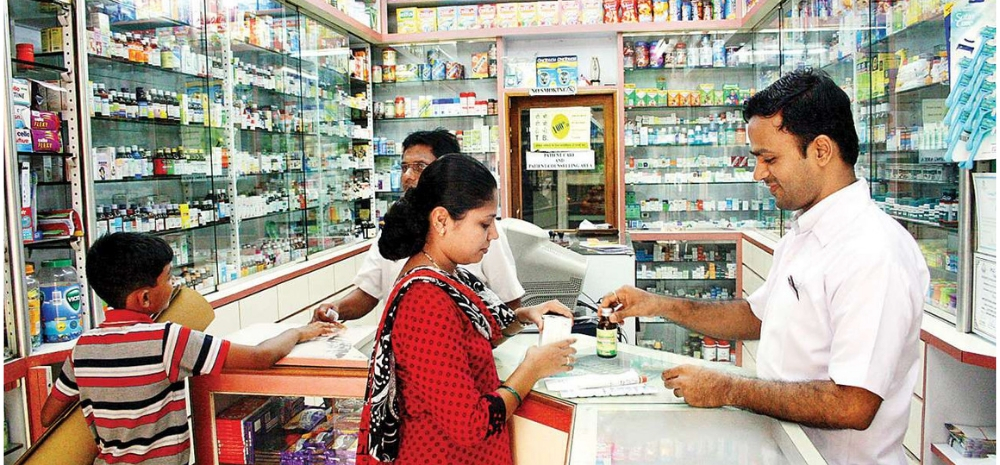20% Of Medicines Sold In India are Fake As Per US Trade Body

Where do you ought to turn, when you learn that the system you rely on for leading a disease-free, healthier life, is among the top listed countries selling counterfeit pharmaceutical products to not just its local markets but also major foreign markets?
India is among the leading global producers of low-cost generic medicines, mainly due to high local demands and inexpensive manufacturing costs. Our pharmaceutical market constitutes the third largest in terms of volume but 13th when it comes to quality. It has been found that the drugs prescribed by a doctor are mostly adulterated to a certain degree, even the most popular ones like Crocin or Betadine.
Contents
The Pedestal of Counterfeit India Stands on
This activity of thrifty pharmaceuticals’ productions and distribution has come into light; the United States Trade Representative (USTR), under its annual ‘Special 301 Report’ has blamed India on violating the Intellectual Property (IP) protection, for its growing problem on counterfeit medicines. It reports that about 20% of the drugs manufactured in India are adulterated, inking a bad name to India’s claim on being the ‘pharmacy to the world’. India housed the first ever plastic surgery in history and holds homage to all the ayurvedic and homeopathic discoveries of the world. With such a strong medicinal significance, a tag of such, knots a negative impact.
Such drug counterfeits are not only affecting India’s local population but also the massive populations of the Indian pharmaceutical exporters, like Africa, Canada, the Caribbean, the EU, South America, and the United States. The officials are looking cautiously into such matters and aim to combat it with the help of blockchain technologies.
The reports also mention the existence of a ‘Priority Watch List’, of which India, not so proudly is a part of, for alleged violations of IP rights, as mentioned. USTR does applaud India for assisting towards such issues but at the same time assures to monitor developments of the same. Over 7 lakh people die every year across the world due to the consumption of fake drugs and this is proliferating.
The Cause and Effect
While counterfeiting is a global issue, it is much more prevalent in low and middle-income countries with an estimated 10 to 30% of medicines being counterfeit, compared to just 1% of medicines in high-income countries. According to the Department of Food Safety and Drug Administration, 20% of the drugs sold in India are fake, with about 38% of the drugs not effective as they are of low quality.
National Institute of Biologicals conducted a study across the country and in their survey, collected 47,954 samples government hospitals, dispensaries, and pharmacies. They found out that the drugs sold in government hospitals were of more quality than the ones sold at pharmacies in the market. While pharmacies in the market had 3% of the poor quality drugs, government hospitals had 10%.
Due to lack of adequate regulations, shortage of drug inspectors, lack of lab facilities to check the purity of drugs, high cost of genuine medicines and more factors among some, these counterfeiting of drugs have become a thriving business. One of the rules created by the Pharmacy Council of India is to set up pharmacy shops at a distance of 300m from each other, too is being violated.
Strategies to Overcome this Issue
Educating or simply Raising Public Awareness:
Everyone visits doctors at regular intervals. Medical professionals and practitioners can play a major role in educating and making people aware of the quality of meds they’re buying and detecting basic ones.
Basic Inclusion of Technology:
Pharmaceutical companies can serve their part right by implementing new generation anti-counterfeiting technologies cloud-based supply chain data repositories, and blockchain technology in supply chains.
Refining Stricter Laws:
India is maneuvering swiftly towards a growing economy. However, this counterfeiting crisis is putting India at risk of losing its foreign investments. Supervision of such thriving issues and stricter punishments for manufacturers of counterfeits could significantly improve investor sentiment. A healthy economy comes from a healthy country.

Comments are closed, but trackbacks and pingbacks are open.